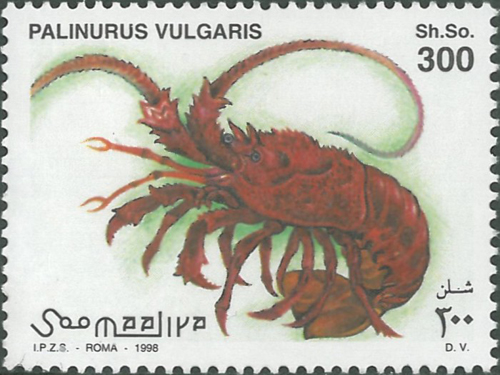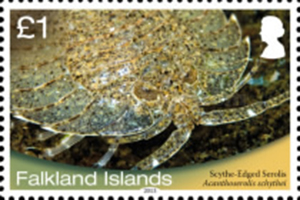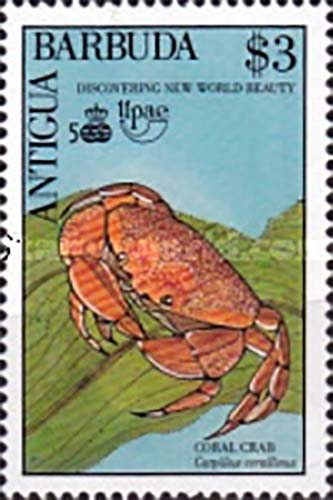Pelophylax esculentus Linnaeus, 1758

Phylum: Chordata Haeckel, 1874
Subphylum: Vertebrata J-B. Lamarck, 1801
Classe: Amphibia Gray 1825
Ordine: Anura Duméril, 1806
Famiglia: Ranidae Rafinesque, 1814
Genere: Pelophylax Fitzinger, 1843
Italiano: Rana comune, Rana verde
English: Edible Frog, Common water frog
Français: Grenouille comestible, Grenouille verte
Deutsch: Teichfrosch
Español: Rana comestible
Descrizione
Rana acquatica di 12 cm di lunghezza, dal muso appuntito e dalle dita ampiamente palmate. Il dorso, è di colore verde smagliante o bruno oliva, talvolta cosparso di macchie nere, è ornato, ad ogni lato. L'ibernazione ha luogo nella melma dello stagno in cui vive. La sua tassonomia è alquanto complessa e discussa essendo presenti in Italia diversi klepton, unità sistematiche formate cioè da un complesso costituito da una specie e dal suo ibrido ibridogenetico. In Europa sono presenti tre tipi diversi di rane Verdi: la rana verde maggiore (Pelophylax ridibundus), la rana dei fossi (Pelophylax lessonae) e la rana verde minore (Pelophylax esculentus). Le loro interrelazioni sono tuttora oggetto di discussione. P. esculentus sarebbe un ibrido tra P. lessonae e P. ridibundus, il processo è detto ibridogenesi e gli ibridi non si accoppiano mai tra loro ma sempre con una delle due specie parentali, vengono cosi generate delle popolazioni miste. Uzzel e Holtz nel 1979 studiarono le popolazioni italiane di rane verdi e conclusero che a sud del Po vi sarebbero due diverse specie una non ancora classificata per cui è stato proposto il nome di Pelophylax kl esculentus e Pelophylax lessonae.
Diffusione
La specie è comune in Europa, ad eccezione della penisola iberica e della Norvegia. In Gran Bretagna si è acclimatata con successo. In Italia è ampiamente diffusa ovunque, sino a 1200 m d'altitudine come la Rana italica.
Sinonimi
= Pelophylax esculentus Linnaeus, 1758 = Rana esculenta Linnaeus, 1758.
Bibliografia
–Frost, Darrel R. (2006). "Amphibian Species of the World: an Online Reference. Version 4". American Museum of Natural History, New York, USA.
–Frost, Grant, Faivovich, Bain, Haas, Haddad, de Sá, Channing, Wilkinson, Donnellan, Raxworthy, Campbell, Blotto, Moler, Drewes, Nussbaum, Lynch, Green, and Wheeler 2006. The amphibian tree of life. Bulletin of the American Museum of Natural History. Number 297. New York. Issued March 15, 2006.
–"Non-native amphibians". The Amphibian and Reptile Conservation Trust.
–"Pelophylax esculentus, Edible Frog". AmphibiaWeb.
–Berger, L. (1970). "Some characteristics of the crossess within Rana esculenta complex in postlarval development". Ann. Zool. 27: 374-416.
–Holsbeek, G.; Jooris, R. (2010). "Potential impact of genome exclusion by alien species in the hybridogenetic water frogs (Pelophylax esculentus complex)" (PDF). Biol Invasions. Springer Netherlands. 12: 1-13.
–Christiansen D. G. (2009). "Gamete types, sex determination and stable equilibria of all-hybrid populations of diploid and triploid edible frogs (Pelophylax esculentus) Rana esculenta as deduced from mtDNA analyses". BMC Evolutionary Biology. 9 (135): 135.
–Vorburger, Christoph; Reyer, Heinz-Ulrich (2003). "A genetic mechanism of species replacement in European waterfrogs?" (PDF). Conservation Genetics. Kluwer Academic Publishers. 4 (2): 141-155.
–Ragghianti M, Bucci S, Marracci S, Casola C, Mancino G, Hotz H, Guex GD, Plötner J, Uzzell T (February 2007). "Gametogenesis of intergroup hybrids of hemiclonal frogs" (PDF). Genet. Res. 89 (1): 39-45.
–Simon J.-C.; Delmotte F.; Rispe C.; Crease T. (2003). "Phylogenetic relationships between parthenogens and their sexual relatives: the possible routes to parthenogenesis in animals" (PDF). Biological Journal of the Linnean Society. 79: 151-163.
–Dubois, Alain (2009). "Asexual and metasexual vertebrates. Book review". Alytes. ISSCA (International Society for the Study and Conservation of Amphibians). 27 (2): 62-66.
–John C. Avise, 2008. Clonality. The genetics, ecology, and evolution of sexual abstinence in vertebrate animals. New York, Oxford University Press: i-xi + 1-237.
–Dubois, A.; Günther, R. (1982). "Klepton and synklepton: two new evolutionary systematics categories in zoology". Zool. Jahrb. Syst. (Zoologische Jahrbücher. Abteilung für Systematik, Ökologie und Geographie der Tiere). Jena; Stuttgart; New York.: Gustav Fischer Verlag. 109: 290-305.
–Polls Pelaz, Manuel (October 1990). "The Biological Klepton Concept (BKC)". Alytes. ISSCA (International Society for the Study and Conservation of Amphibians). 8 (3): 75-89.
–Dubois, Alain (October 1990). "Nomenclature of parthenogenetic, gynogenetic and hybridogenetic vertebrate taxons: new proposals". Alytes. ISSCA (International Society for the Study and Conservation of Amphibians). 8 (3): 61-74.

|
Data: 10/12/2007
Emissione: Anfibi Stato: Mozambique Nota: Emesso in un foglietto di 6 v. diversi |
|---|

|
Data: 22/11/2011
Emissione: Rane Stato: Ukraine |
|---|

|
Data: 01/07/2008
Emissione: Rana verde Stato: Bosnia and Herzegovina |
|---|

|
Data: 09/10/1995
Emissione: Fauna Stato: Nicaragua Nota: Emesso in un foglietto di 9 v. diversi |
|---|

|
Data: 28/04/1983
Emissione: Protezione della natura Stato: Czechoslovakia Nota: Emesso in una serie di 5 v. diversi e in un libretto con striscia di 5 v. uguali |
|---|

|
Data: 06/12/1973
Emissione: Fauna Stato: Liechtenstein Nota: Emesso in una serie di 4 v. diversi |
|---|

|
Data: 16/08/2021
Emissione: Experience Nature (XVI) - Haarzuilens Stato: Netherlands Nota: Emesso in un foglietto di 10 v. diversi |
|---|